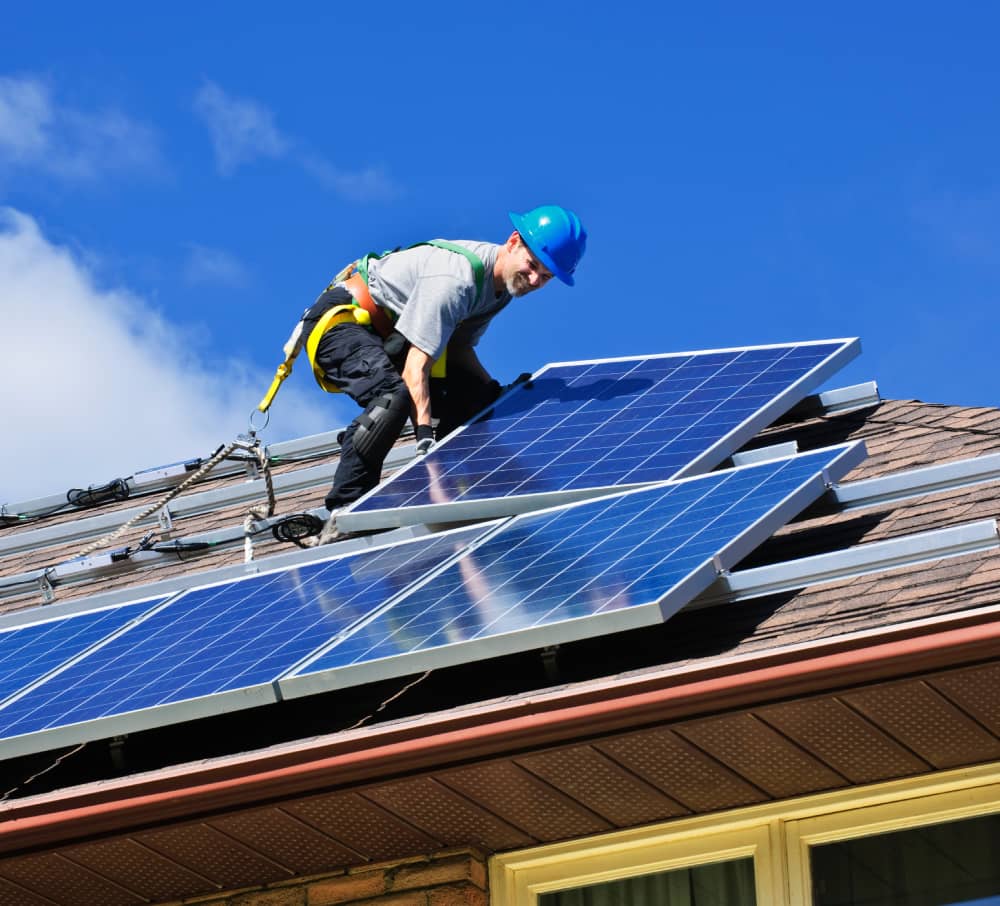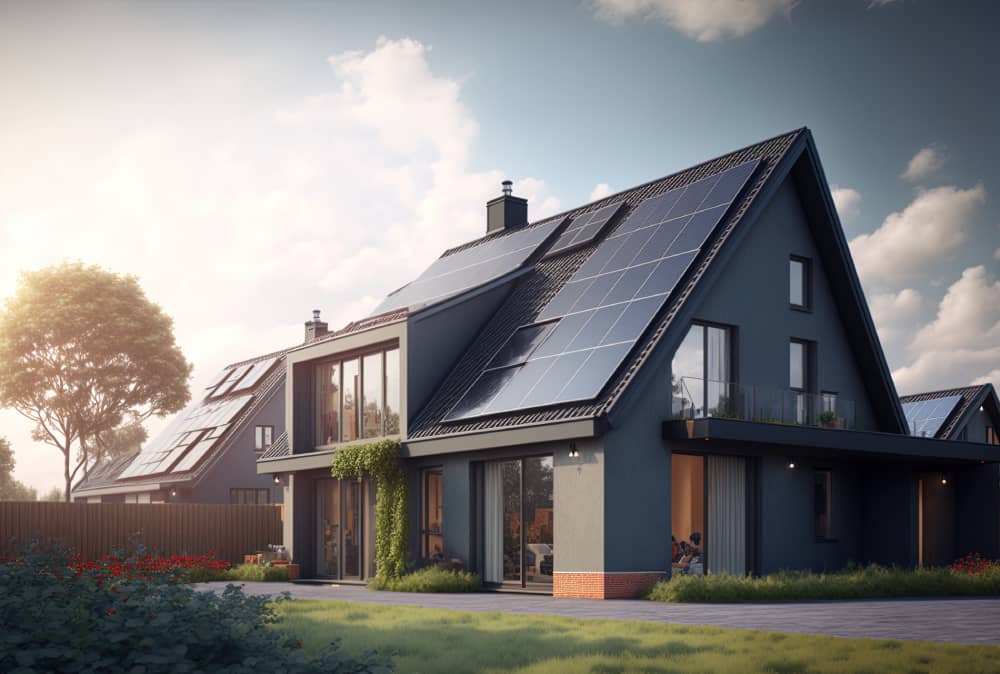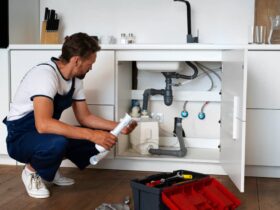There’s a reason solar is called ‘the future energy.’ It’s a convenient way to reduce (or eliminate) residential electricity bills and contribute to a healthier planet. Between the decreasing cost of panels and enticing government incentives, there’s never been a better time to install solar panels than today.
Suppose you want to join the over 23 million homeowners already flaunting shiny solar panels on their properties. In that case, there are some things you need to do to fully prepare yourself and your home for a solar panel installation. This article shares six of these things.

1. Consider Your Energy Usage
First off, you need to decide how much solar power you need. Generally, most solar-powered homes have a system that can generate nearly 100% of their energy usage. However, this still depends on your budget and the surface you have for installation.
To help you determine how many solar panels you need, review your electric bill and check the kWh you use monthly. You should also calculate the average kWh you use in a year to give you better insight into your energy use. After all, your energy use may fluctuate throughout the year. For instance, your energy use may increase during peak summer or winter to accommodate your cooling and heating costs.
To get a more accurate calculation, you should consult an energy expert to comprehensively review your electricity use.
As a rule of thumb, the average home will need about 20–25 solar panels to cover 100% of the energy usage. However, this will still depend on several factors, including the panels’ rated power and efficiency, your home’s geographic location, and your personal energy consumption.
2. Secure Financing
While solar panels can help you save on energy costs, you should know the overall upfront installation costs to plan your budget. Unless you have a significant amount of cash stashed somewhere, you may need financing to afford a solar panel installation.
In general, the average cost to install solar panels is about USD$16,000, ranging between USD$3,500 and USD$35,000, depending on the model and type.
The good news is that various loan programs are designed for solar panel installation. In addition, the government offers numerous incentives, from cash rebates to tax deductibles, to encourage homeowners to make the switch. These programs can take a percentage of the solar energy system cost off, lowering overall expenses.
Thus, you want to take your time and shop around for lenders to find a loan that suits your budget and needs. Also, check numerous government offerings that can help reduce your overall cost.
3. Think Of Local Regulations
In most cases, you’ll need regulatory approvals from your local government before working on big home projects like a solar energy system installation. Often, you’ll need to get permits from your local building department and utility provider.
The pre-installation permits and paperwork can be daunting and time-consuming. However, they are necessary to ensure a seamless installation of solar panels and avoid potential regulatory fines.
Fortunately, trustworthy companies who install solar panels can take the burden off your shoulder. They are often better acquainted with these kinds of permits and ensure faster processing of the necessary paperwork.
4. Choose The Location
To maximize the efficiency of your solar panels, you must put them in a sunny spot. Generally, the best installation place for residential solar panels is on south-facing roofs. You can also place panels on the west- and east-facing roofs with slightly less energy production.
If these locations are shaded from nearby trees, you may need to trim them before installing the panels to ensure maximum efficiency. You can also add a few more panels to compensate for the lost power generation.
However, if your roofs are shaded from nearby tall buildings or facing the wrong direction, ground-mounted solar panels are your next best option. This is also suitable if you have a vast, open property that provides good sun exposure.
If you opt for ground-mounted panels, you must plan a utility connection. Ideally, you want to keep the panels closer to your home to keep the costs down in laying wiring and lines and maximize solar efficiency.
5. Do The Necessary Repairs
If you opt for a roof-mounted solar installation, you should see to it that your roof can handle the added weight. A single panel can weigh 2.5–2.7 pounds per square foot. The good news is that most roofs can handle this extra weight without needing support.
However, you still need to consult a roofing expert to ensure your roof is structurally sound, mainly if it’s older. In addition, you need to check the overall condition of your roofing materials.
Before solar panel installation, it makes sense to do the necessary roof repairs, such as replacing missing or damaged shingles. You don’t want to spend so much on installing solar panels only to be forced to remove them next year to repair damaged shingles causing leaks in your home.
Aside from the necessary repairs, you should consider adding utility nooks and storage cabinets to house system equipment. A solar panel system comes with supplies such as batteries and inverters.
6. Improve Energy Efficiency

For maximum efficiency, you need to ensure that other aspects of your home are accommodated or working efficiently with your new power system. A few home upgrades are necessary to maximize your solar panels and home’s overall energy efficiency. Here are some things you can do:
- Check each door and window and seal any gaps, cracks, or holes.
- Replace old bulbs with LEDs.
- Invest in energy-smart strips or power timers for electronic devices.
- Purchase energy-efficient appliances.
- Check your roof and attic for leaks.
- Improve your home’s insulation.
Takeaway
There’s no denying that solar is the future. However, switching to this alternative clean energy isn’t as straightforward. You want to be fully informed to prepare yourself and your home for a smoother installation process. Aside from the average cost and necessary permits, you should know your energy use and the best location for the panels. Follow the above tips to soon reap the benefits of a solar-powered home.












